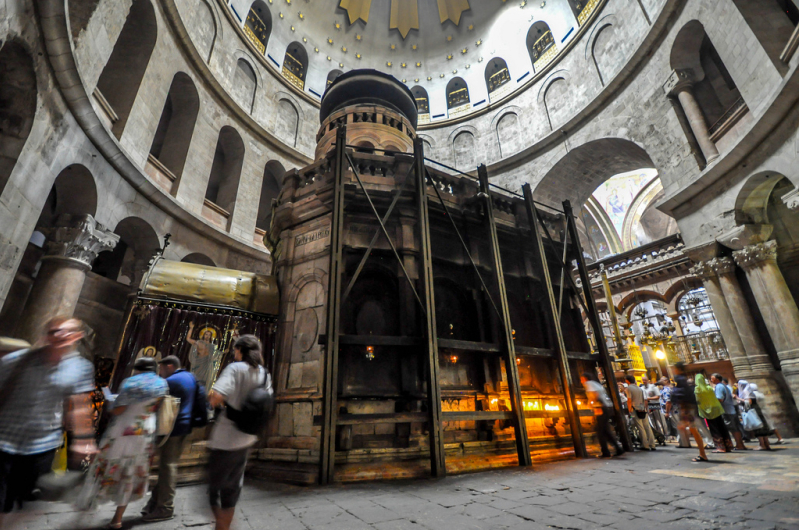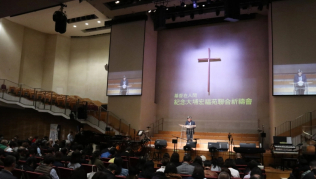
Despite an age-old rivalry, three warring Christian communities have united in an effort to save one of Christianity's most iconic symbols: the 206-year-old shrine to the empty tomb of Jesus housed in Jerusalem's iconic Church of the Holy Sepulcher.
"One of the serious issues in the church is that the status quo takes place over every other consideration, and it's not a good thing," Athanasius Macora, a Franciscan friar, told The New York Times. "Unity is more important than a turf war."
The report notes that in a groundbreaking move, leaders of the Greek Orthodox, Armenian Apostolic and Roman Catholic churches announced last month a $3.4 million renovation effort that will begin in May and is expected to end by early 2017.
The three churches will split the costs evenly, in addition to private and public donations, and will appoint architects to help. Currently, the "Tomb of Jesus" is surrounded by a 206-year-old structure held together by a dilapidated 69-year-old cage, the report said.
"Somebody had to push us," the Rev. Samuel Aghoyan, the Armenian Patriarchate's representative at the Holy Sepulcher, which is a UNESCO World Heritage Site, told the newspaper. "If the Israeli government didn't get involved, nobody would have done anything."
Though the painstaking work has needed to be done for years, strife between the three religious groups who control the tomb today has historically prevented any renovations.
The last attempted renovation began in the 1950s, when the Jordanian authorities who controlled East Jerusalem at the time pushed Christian representatives into forming a technical bureau to address the 1927 quake damage. Unfortunately, the process broke down more than a decade later, according to Father Macora.
Then, in 2008, monks and priests brawled near the shrine, "throwing punches and pulling one another's hair not far from the tomb where Christians believe Jesus was resurrected," according to The Times.
One particular point of contention has been "centuries-old rules and minute traditions - called the status quo - that define the way Jerusalem's holy sites are governed. According to this "status quo," even the act of repairing a holy site can imply ownership.
However, in early 2015, the Israeli government temporarily barricaded the structure, claiming the shrine was unsafe and near collapse, finally prompting the three groups to put aside their differences and work together to come up with a renovation plan.
"The inspiration for this unity was the threat of losing the shrine altogether...The message was clear: Fix it, or else," the Times noted.
Antonia Moropoulou, the conservation expert heading the project, said she hoped the long-awaited renovation would maintain the intangible spirit "of a living monument."
"This tomb is the most alive place," she told the Times. More so, she added, "than anything I have seen in my life...The greatest challenge is to preserve that."







